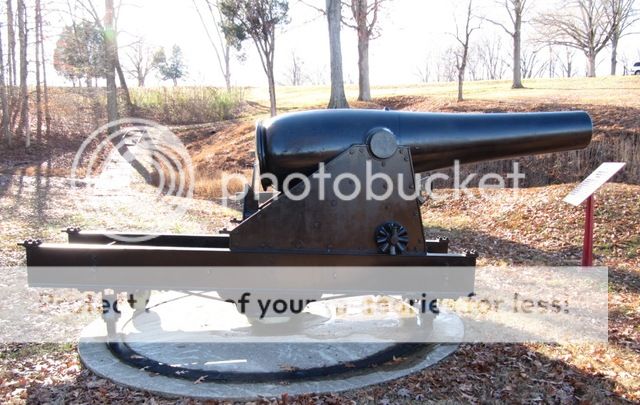All those details are correct except one. No barrel temperatures were measured then input to computers (called rangekeepers for 8" and larger naval guns) as an internal ballistic correction. Only powder temperature from powder magazine data and bore erosion data were plugged into a formula to get a muzzle velocity offset. Gunfire "computers" for surface, shore and aircraft as well as gunfire "rangekeepers" for only surface and shore targets had velocity offsets sent to the ballistic cams calculating gun angles from sight angles.You have to remember folks, when firing at other ships they have to a) take in to account the enemy's ships movements, b) their ships movements, c) any rolling fore and aft and to the sides, d) wind, e) barometric pressure, f) barrel wear (yes the wear from shot to shot is significant.) g) barrel heating (again, hot barrels will shoot a bit differently than cold ones) and other factors.
Properly built and installed hand held rifle's barrels don't change point of impact while they heat up. Accuracy versus barrel life with 308 Win match barrels shot once every 15 to 20 seconds for 10-shot groups at short range shows they go from 1/4 MOA average to 3/8 MOA average in 3000 rounds as the barrel throat advances about .060" to .070" from eroding away.
Last edited:








